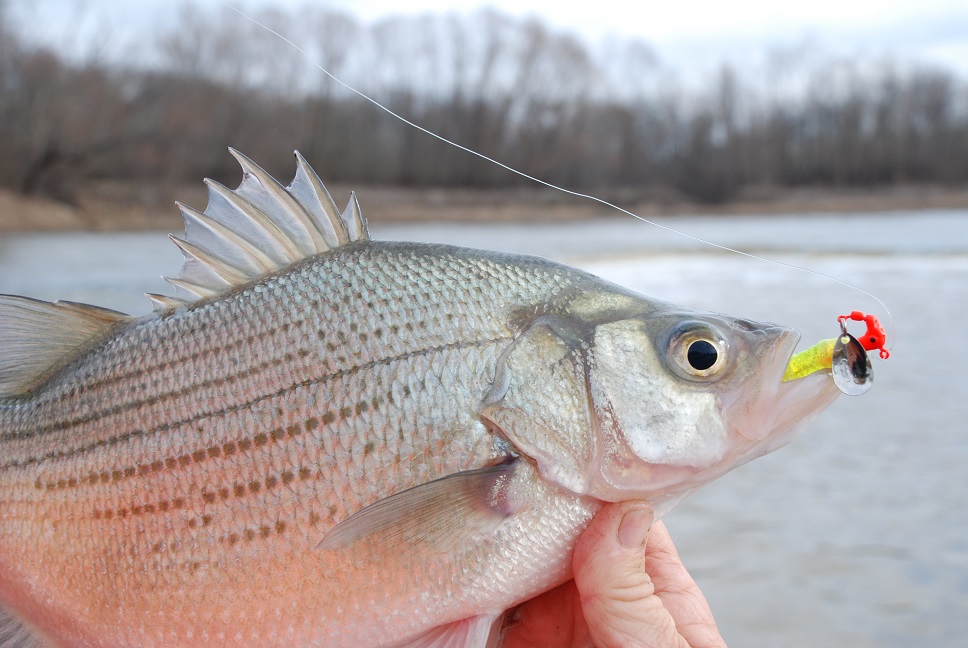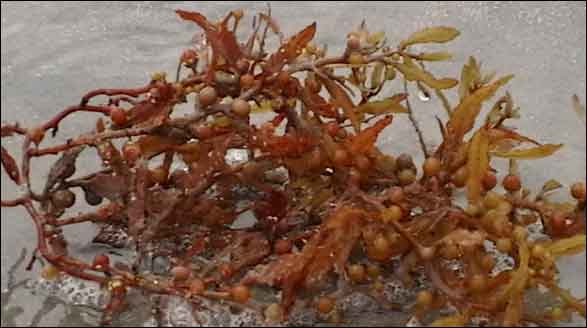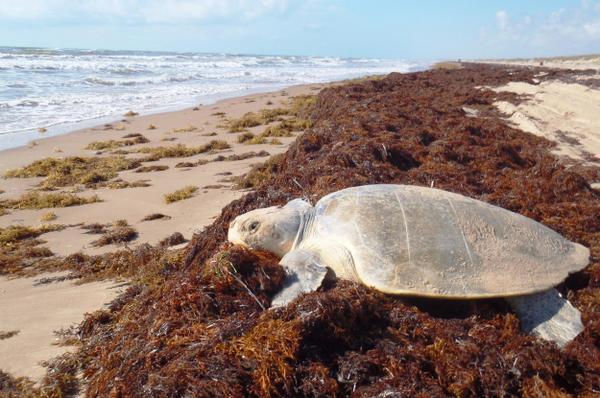TPW TV: The Illumination
Friday, March 23rd, 2018This is Passport to Texas
Mission Espiritu Santo de Zuniga, part of Goliad State Park & Historic Site, was established in 1749 by Franciscan priests. Next week the TPW TV Series on PBS takes you there to experience an annual event called “The Illumination”. Assistant Superintendent Jason Ramirez.
In a lot of the Franciscan missions there is a documented event that will usually coincide with a solar event; a lot of the times it’s one of the holy days of the Catholics. In our mission we have something that happens every year on April 16th; we don’t really have an official explanation for it, but basically what happens is the sun will set in the ‘window of the sun’ as we call it, and cast a direct beam of light onto the Crucifix here. It happens every year on April 16th at around 7:00pm. One of the things we do know is that April 16th is an important holy day for Franciscans. It’s the anniversary of the founding of the Franciscan Order, and so it’s a very important day for the Franciscans. It’s a day that they renew their vows and rededicate themselves to the faith. And so we think that this may have been something that the missionaries here planned to convert the native people here, also to celebrate their faith.
Witness “The Illumination” next week on the Texas Parks and Wildlife TV series on PBS.
For Texas Parks and Wildlife, I’m Cecilia Nasti.







 Passport to Texas is a
Passport to Texas is a  Passport to Texas is made available by:
Passport to Texas is made available by: